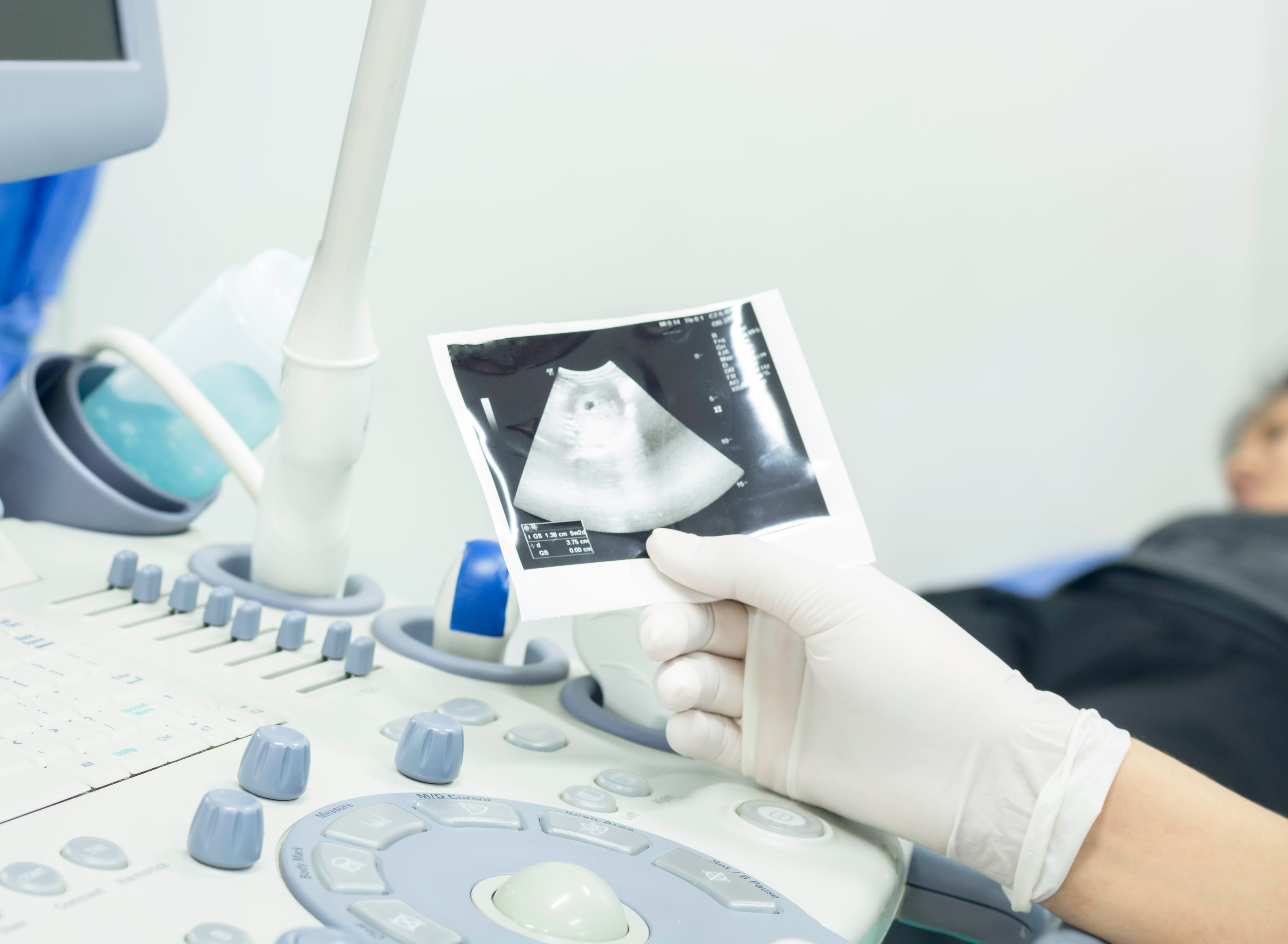Obesity changes the structure and function of the placenta – increasing risk of poor health outcomes
“For the first time we have looked at the effects of both obesity and gestational diabetes on the placenta in black and mixed-ancestry women”
Obesity in pregnancy alters the placenta – the vital organ that nourishes the fetus – more than gestational diabetes and leads to greater health risks for expectant mums and their offspring, according to a new study.
The research, published in The Journal of Physiology, enhances understanding about the mechanisms underlying poor pregnancy outcomes and the subsequent greater risk of poor neonatal and offspring health. The identification of specific changes in the placenta could lead to the potential development of future placenta-targeted treatments or screening tests that may improve the health outcomes of mother and baby, particularly in low-middle income countries.

Conducted by researchers in South Africa in alliance with scientists at the University of Cambridge, this is the first study to simultaneously investigate the effects of maternal obesity and gestational diabetes mellitus (GDM), the development of poor glucose handling during pregnancy. It is also the first study carried out in a low-middle income country where obesity and GDM during pregnancy have a substantial health and economic impact. Previous studies have investigated obesity and GDM separately and have only been carried out in high-income countries.
Rates of obesity and GDM are increasing worldwide. Both are linked to multiple maternal and fetal complications, such as increased risk of fetal death, stillbirth, infant death and higher infant birth weight. It is not known how these complications arise.
The researchers found that maternal obesity more than GDM reduced the formation of the placenta, its blood vessel density and surface area, and its capacity to exchange of nutrients between the mother and developing child. Both obesity and GDM impact placental hormone production and inflammation markers, suggesting that the placenta is indeed functioning abnormally.
The study looked at 71 women who were black or of mixed ancestry. Fifty-two were obese and 38 had developed GDM. The researchers conducted the study using clinical profiling, deep structural examination and molecular analysis of the placenta, and biochemical measurements of maternal and infant cord blood to examine the effect of obesity and GDM in this group of expectant women.
Lead author Professor Amanda Sferruzzi-Perri, Professor in Fetal and Placental Physiology at the Centre for Trophoblast Research and a Fellow of St John’s College, Cambridge, said: “For the first time we have looked at the effects of both obesity and GDM on the placenta in black and mixed-ancestry women, who are an understudied group, and what effect that these conditions might have on them and their children. It was important to discover that obesity has more of an influence than GDM on pregnancy outcomes for both the mother and the child.”
The study limitation is that with a small sample size of 71 women, it was not possible to determine what impact the sex of the fetus has on these placental changes. The non-obese group of women also included women who would be termed overweight. The researchers would like to carry out further research in obese, overweight and lean women with and without GDM, and explore the impact of the sex of the fetus. They would then like to study how obesity, GDM and treatments such as metformin – a drug that lowers blood glucose levels – interact to determine pregnancy outcomes and the long-term health of the child.
Lead co-author Professor Mushi Matjila, of the Department of Obstetrics and Gynaecology at the University of Cape Town, said: “South Africa is burdened by a quadruple disease burden of communicable and non-communicable disease, along with high maternal and child morbidity and mortality, and deaths related to violence and injuries. Additionally, we have one of the highest rates of female obesity globally, which undoubtedly fuels the non-communicable disease burden and contributes to maternal, neonatal and child morbidity. As obesity and GDM often co-exist, the study highlights the importance of obesity over GDM in modulating placental structure and function, and begins to piece together how these placental changes may explain observed complications (for example, intrauterine death and stillbirths) and increased future non-communicable disease risk for both mother and baby.”
Reference
Ezekiel Musa, Esteban Salazar-Petres, Afolake Arowolo, Naomi Levitt, Mushi Matjila, Amanda Sferruzzi-Perri. 'Obesity and gestational diabetes independently and collectively induce specific effects on placental structure, inflammation and endocrine function in a cohort of South African women': https://physoc.onlinelibrary.wiley.com/doi/10.1113/JP284139
Published 28/02/2023